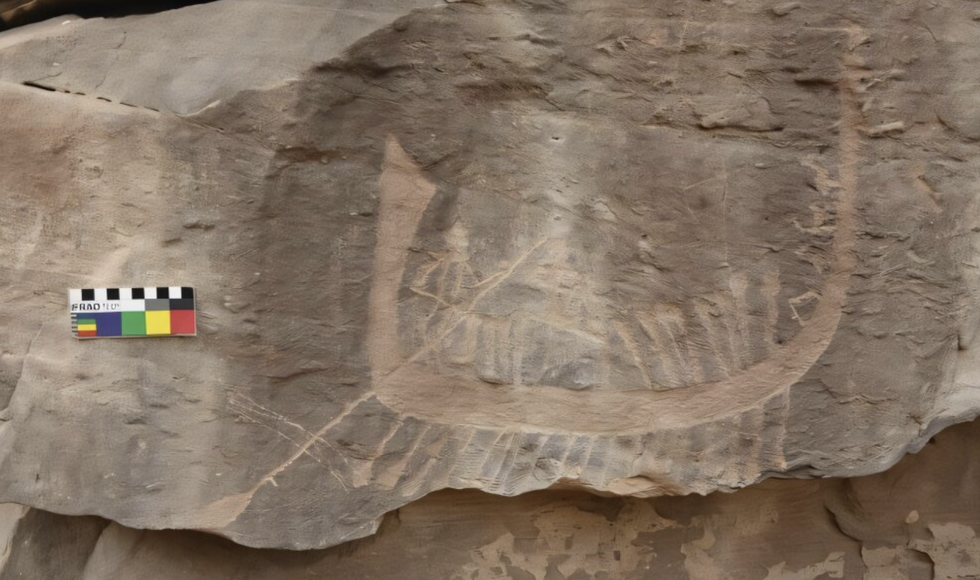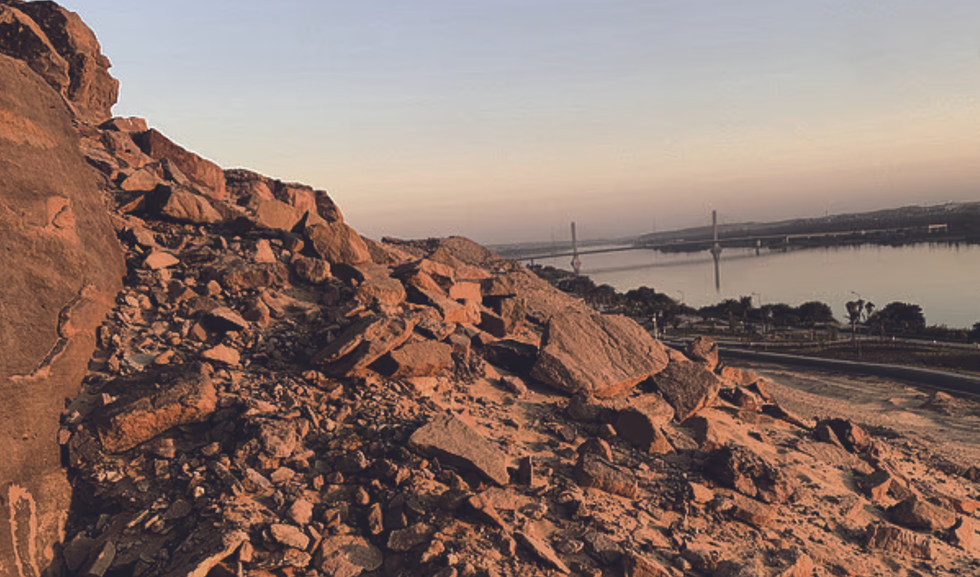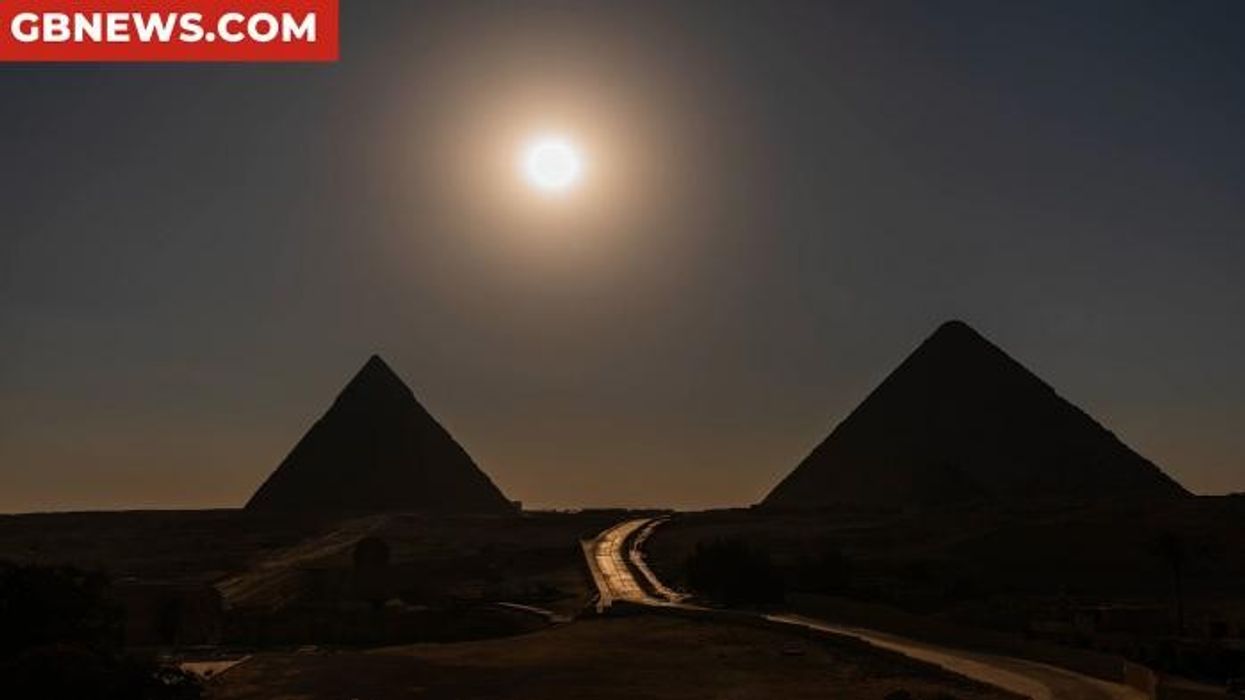Archaeology breakthrough as rare rock carving reveals key secrets about ancient Egyptian kings

The discovery near Aswan could change how scientists view early rulers of northern Africa
Don't Miss
Most Read
Archaeologists have made a remarkable discovery in southern Egypt, uncovering a rare rock carving that could unlock secrets about the country's earliest rulers.
The ancient etching was found carved into sandstone near Aswan and is believed to date back to the fourth millennium BC, predating the construction of the first pyramids by centuries.
The exceptionally well-preserved carving depicts a seated figure with distinctive features of early Egyptian kings, including the characteristic long, pointed false beard worn by pharaohs.
According to research published in the journal Antiquities, the figure represents a member of the ancient Egyptian political and military elite from the First Dynasty period, a crucial era that witnessed the beginning of political unification across Egypt.

The carving in the rock near Aswan
|DR DORIAN VANHULLE
The carving shows the figure seated on an elaborate boat, being pulled by five individuals whilst another person steers using an oar.
This mysterious figure is not Pharaoh Narmer, who became Egypt's first pharaoh in 3100 BC, leaving the true identity of this warrior elite unknown.
The fascinating artwork was discovered in a large sandstone outcrop in an area that has served as a quarry since at least 330 BC.
Found beneath rubble along a narrow recess accessible via a sandy ledge, the carving would have originally offered viewers a commanding view of the Nile below.
LATEST DEVELOPMENTS:

The carving was found underneath the rubble
|DR DORIAN VANHULLE
The boat faces north, suggesting upstream travel on the Nile, which would explain why the five figures are shown pulling it with ropes.
The discovery dates to a pivotal moment in ancient Egyptian history when the country was transitioning into the Early Dynastic period following the unification of Upper and Lower Egypt.
This era marked the birth of ancient Egyptian culture as recognised today, with the emergence of the first political structures and the development of writing.
The transition from regional authorities to unified rule was likely violent rather than peaceful, according to archaeological evidence.
Dr Dorian Vanhulle, an Egyptologist at the Musée du Malgré-Tout in Belgium, notes: "State formation in Ancient Egypt and the processes that led to it are still difficult to conceptualise."
The period saw depictions of groups with feathered headdresses gradually replaced by images of single figures wearing crowns. Boats hold particular significance in ancient Egyptian art, appearing frequently throughout different periods.
Dr Vanhulle explains: "The boat is ubiquitous and invested with complex ideological and symbolic meanings."
The carving's strong resemblance to official imagery from early in Pharaoh Narmer's reign, combined with its exceptional quality, indicates it was commissioned by someone of considerable importance.
Dr Vanhulle added: "The rock panel is an important addition to the existing corpus of engravings that can help us to better understand the role of rock art in the crucial events that led to the formation of the Egyptian state."
He concludes: "Rock compositions became a tool for the authorities to communicate, mark the landscape and assert their power."










